Table of Contents
To help women keep their modesty and dignity, a simple machine called the “bathing machine” was made.
History of bathing machines
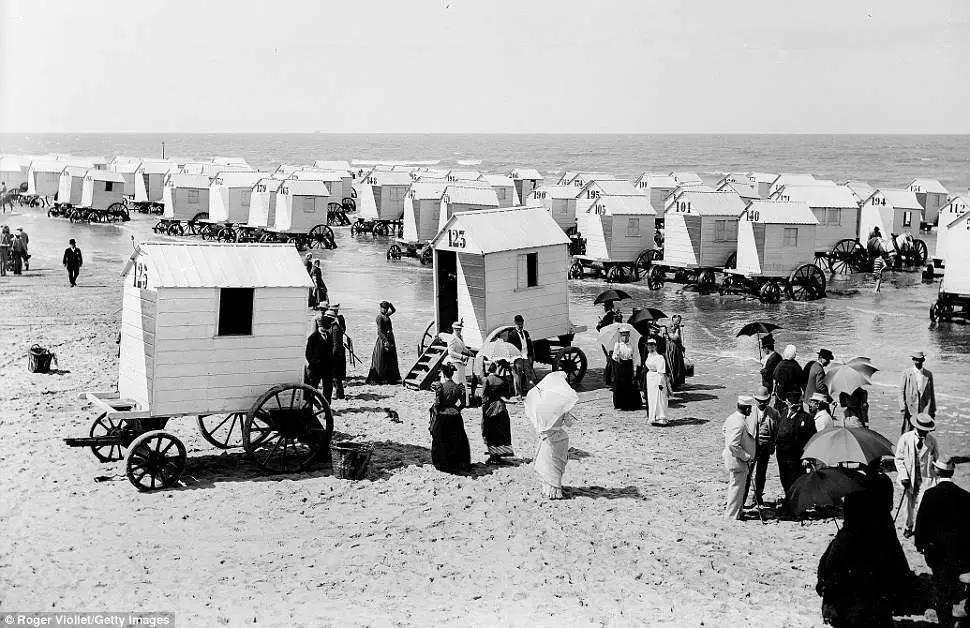
Bathing machines were invented in Great Britain around 1750. They spread to the United States, France, and Germany after that. Benjamin Beale, a Quaker and a glove and breeches maker, is often named as the person who came up with the idea. He lived in Margate, a seaside town in England. This isn’t true. There is proof that the bathing machine was around at least fifteen years before that. Benjamin Beale, on the other hand, did help with the design of the bathing machine, but not very much. He came up with the idea of the covered canvas hood that could be attached to the back of the bathing machines and lowered down to cover the swimmer’s modesty, and it was his idea.
Clever people in the 1800s came up with a way
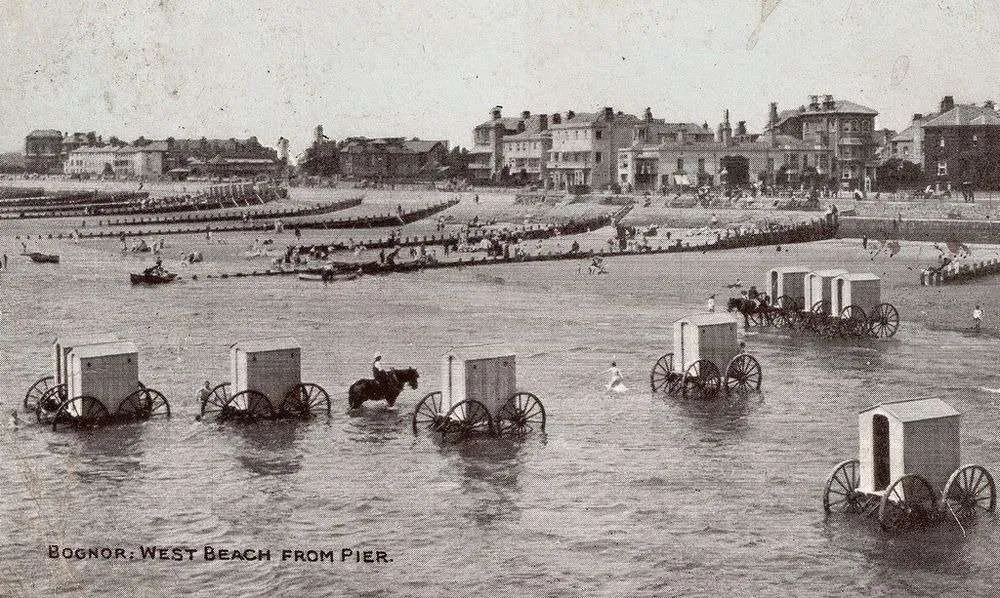
Modern people may find the bathing suits of the past too modest, or even funny. But more than 100 years ago, these outfits were seen as a big deal. In fact, clever people in the 1800s came up with a way for women to get into the water without ever being seen in their bathing suits. It all started with a clever little machine called the bathing machine. It was become valued component of sea-side etiquette in the 19th century. A bathing machine was most common in Great Britain, but they were also used on beaches in the US, France, and Germany at the same time. For women, who had to deal with a lot of discomforts before they could enjoy a day at the beach, this device was used more strictly.
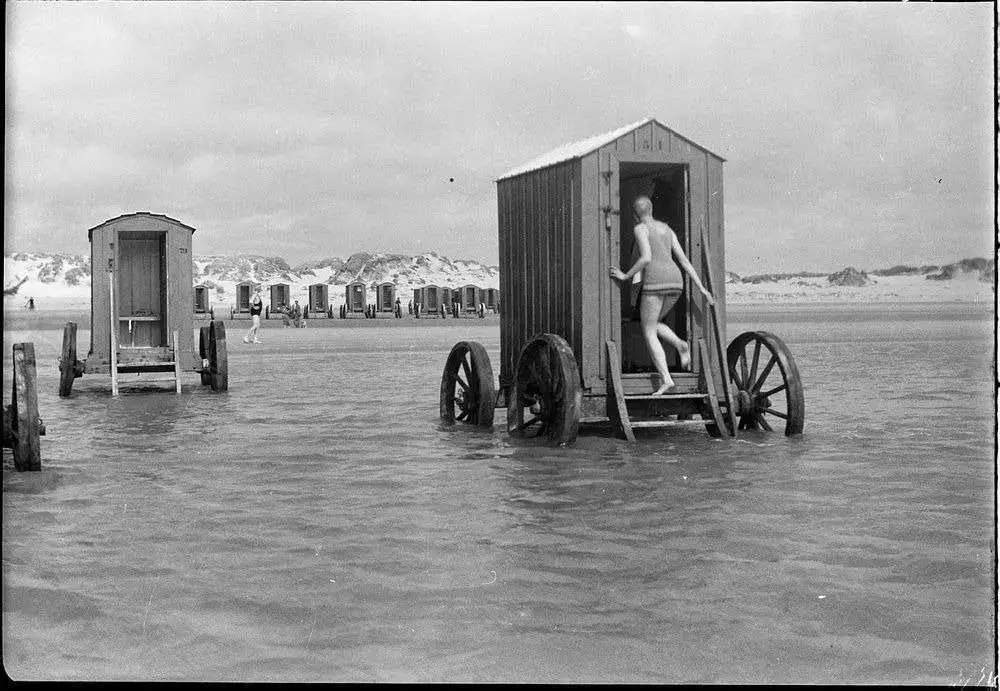
A bathing machine looked a lot like the wooden changing room you see at the beach, but it was bigger and had wheels and steps to get inside. They would enter the small room of the machine while it was on the beach in their clothes. After changing into her bathing suit in the privacy of the machine and putting her street clothes in a raised compartment where they would stay dry, she would go outside.
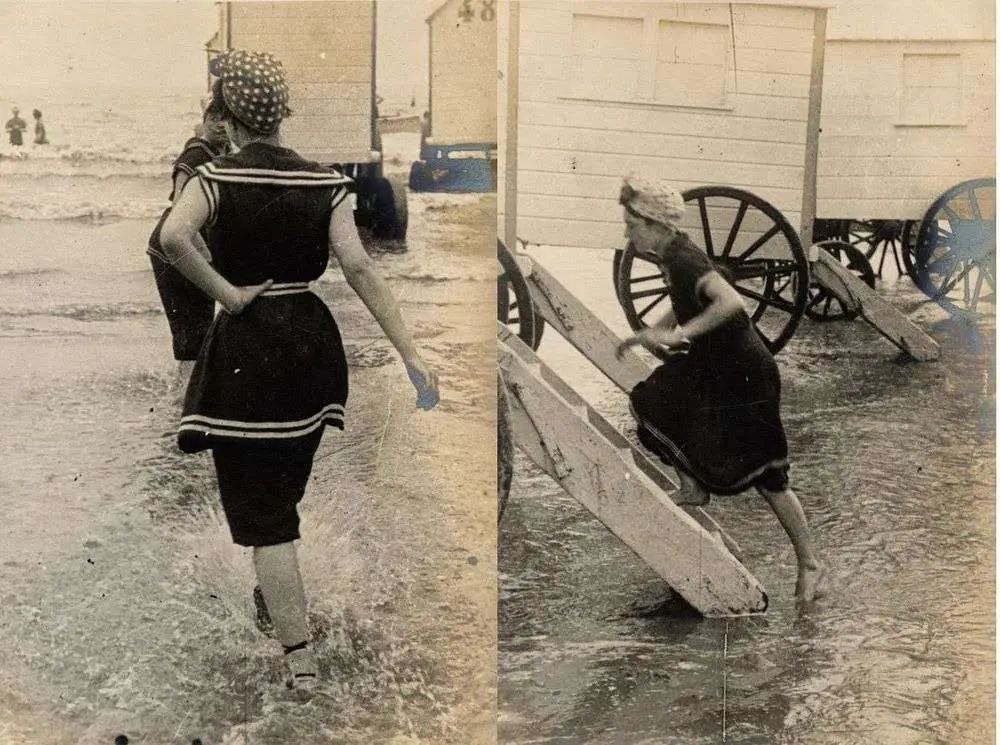
There were two doors on each side of the bathing machine. Someone could enter the bathing machine while it was on the beach and change into their swimming clothes. The bathing machine would then be pulled out into deeper water, either by horse or by people. It was only when the machine had swum far enough into the water that someone would emerge from the other door and dive into the water, far from the eyes of the people on the beach. This is how it worked: People who were strong enough to help people get into and out of machines were called “dippers.” Dippers help people get into and out of machines by helping them get in and out of them. Pushing the swimmer into the water and then yanking her out was not very unusual, and it was seen as part of the fun. She could not swim, so a strong cord was wrapped around her waist and attached to the end of her van so she would not be swept away by the waves.
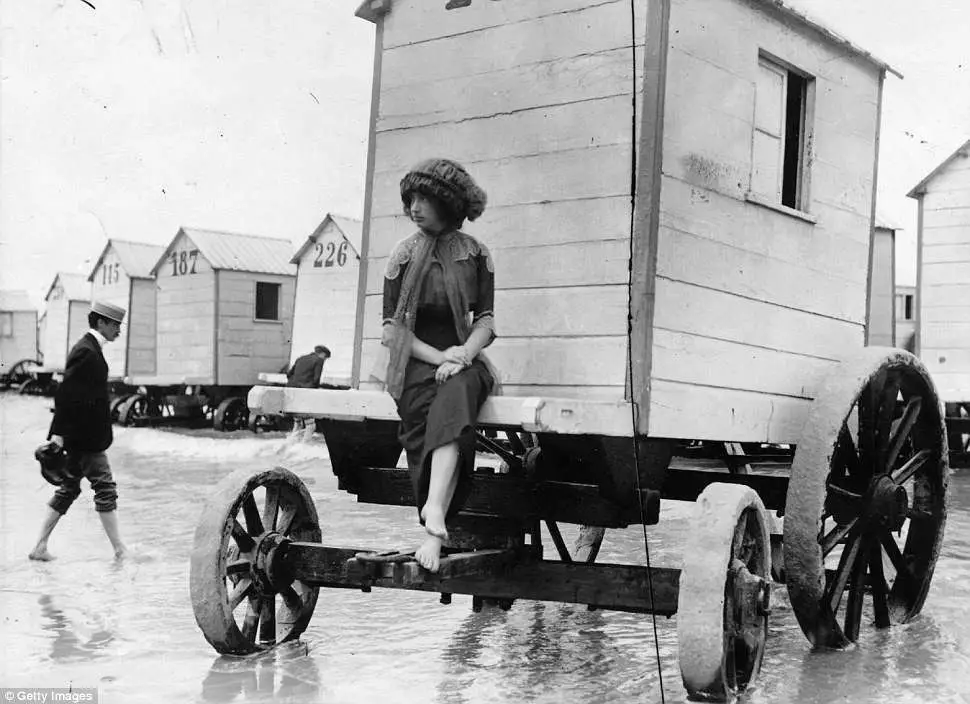
Before going back into the carriage to dry off, the bather would put on her clothes again. During her time getting ready, the bather could show the driver with a small flag that she was ready to go back to the shore. The carriage would then be pulled back to the shore.
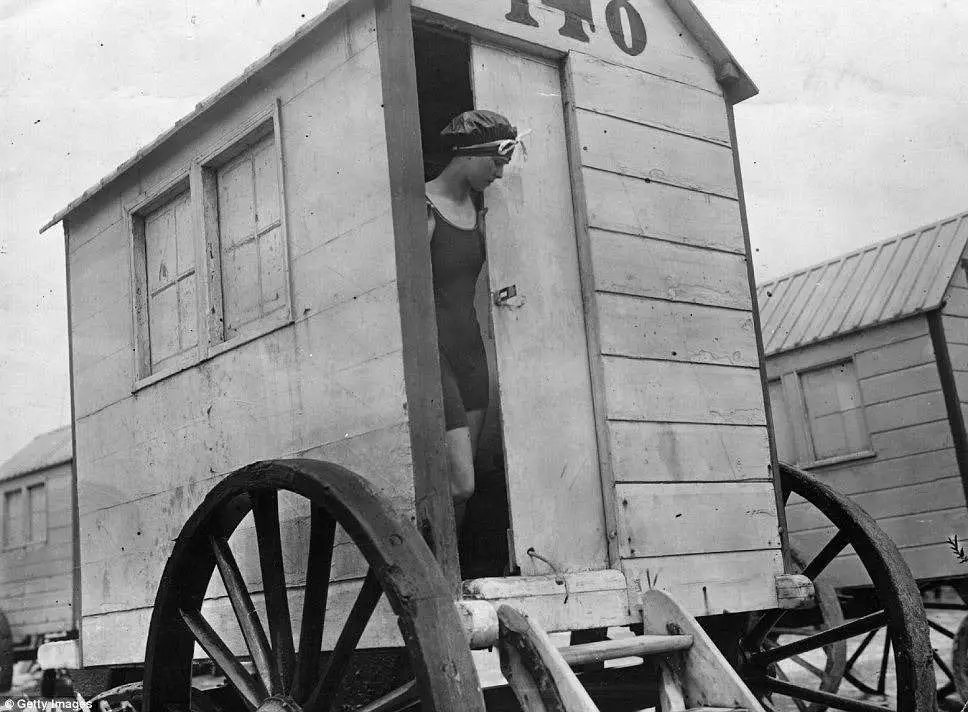
Men and women used to swim naked in the early days, before the Victorian prudes took over. As morals changed, naked swimming and even mixed bathing became disgusting. Legal segregation of bathing areas in Britain came to an end in 1901, and bathing machines fell off quickly. During its last days, when bathing laws were more lenient, men and women were often seen riding together in these cars. There were no bathing machines by the start of the 1920s, so they were out of business.
See more photos of bathing machines>>>
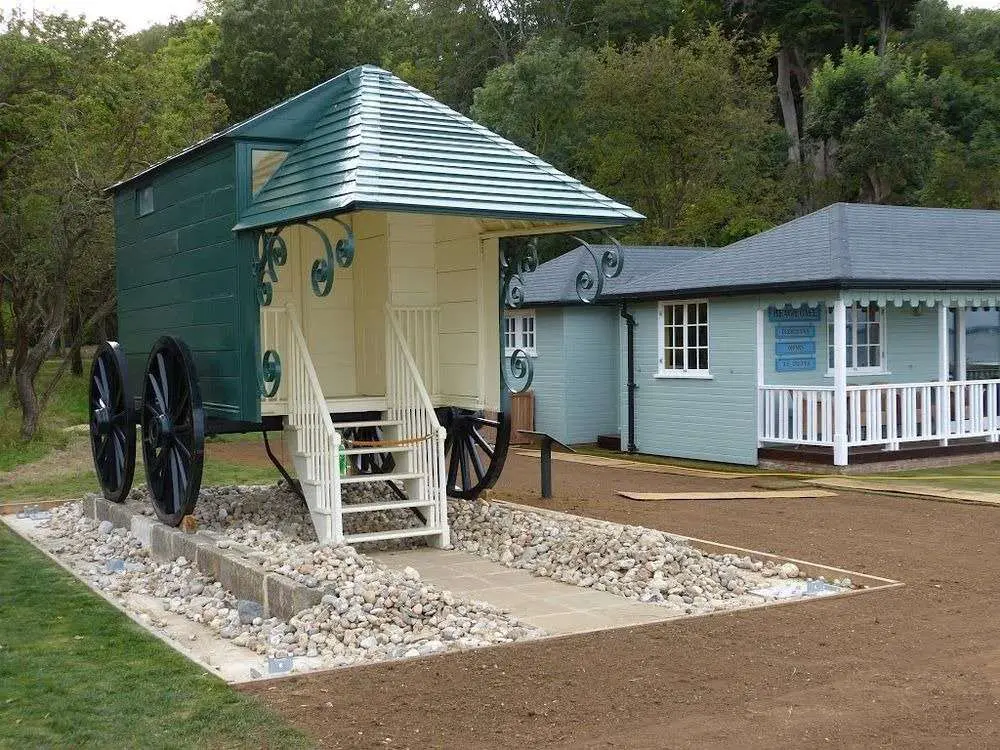
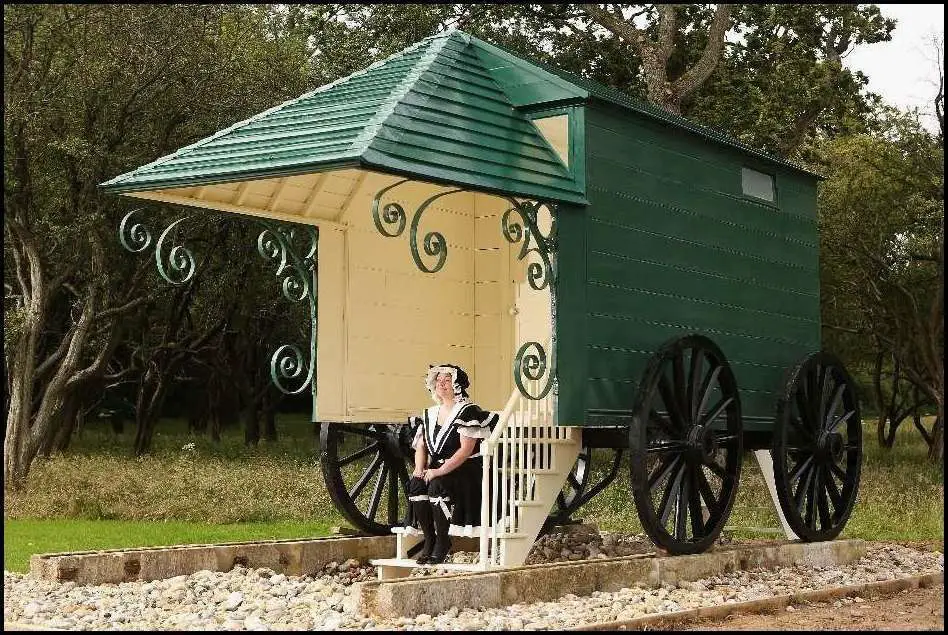
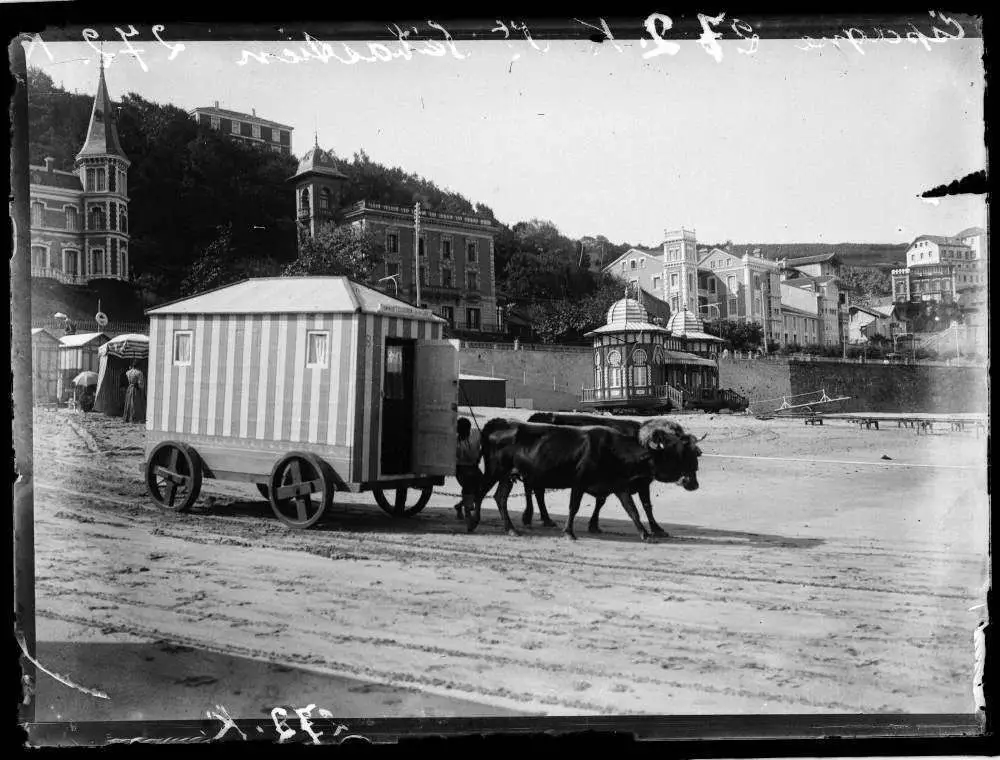
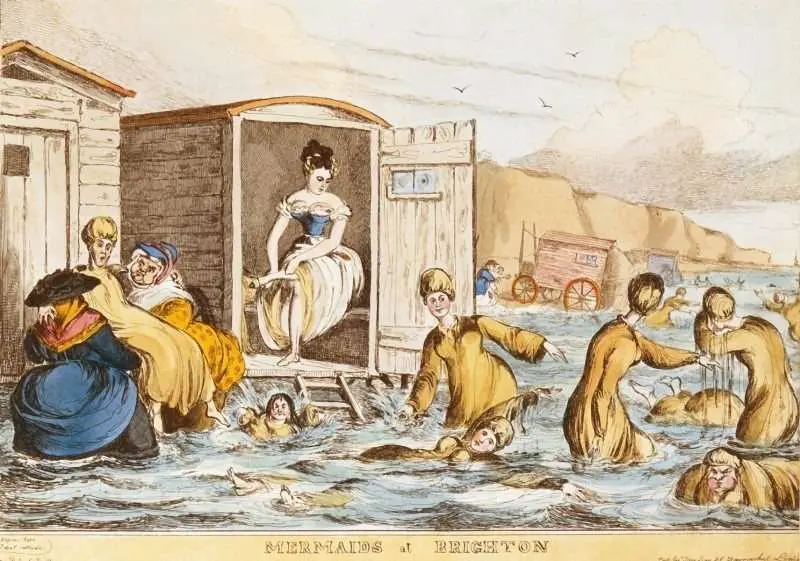
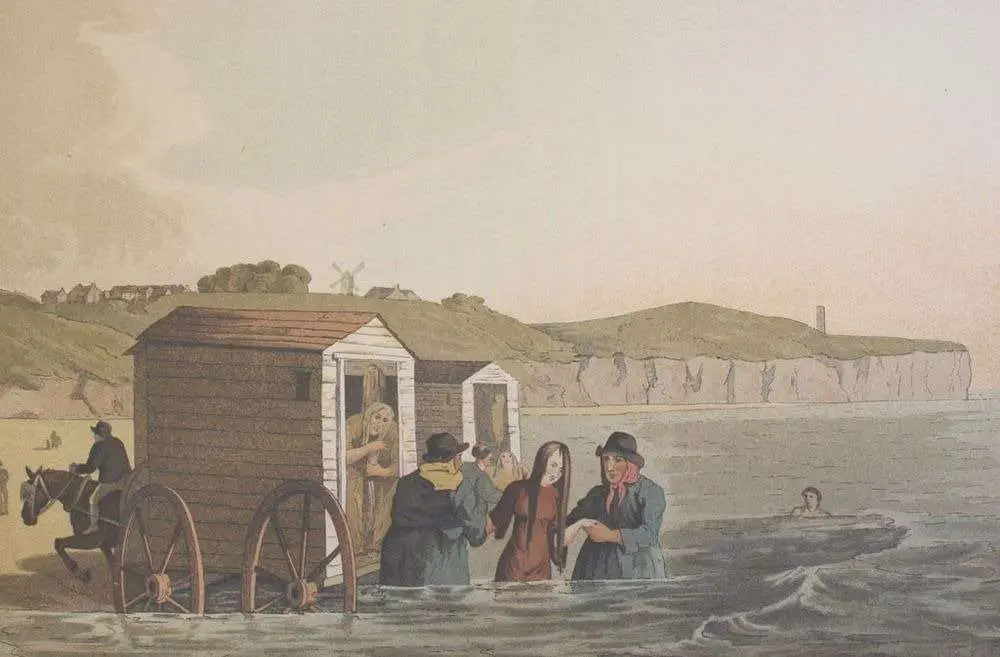
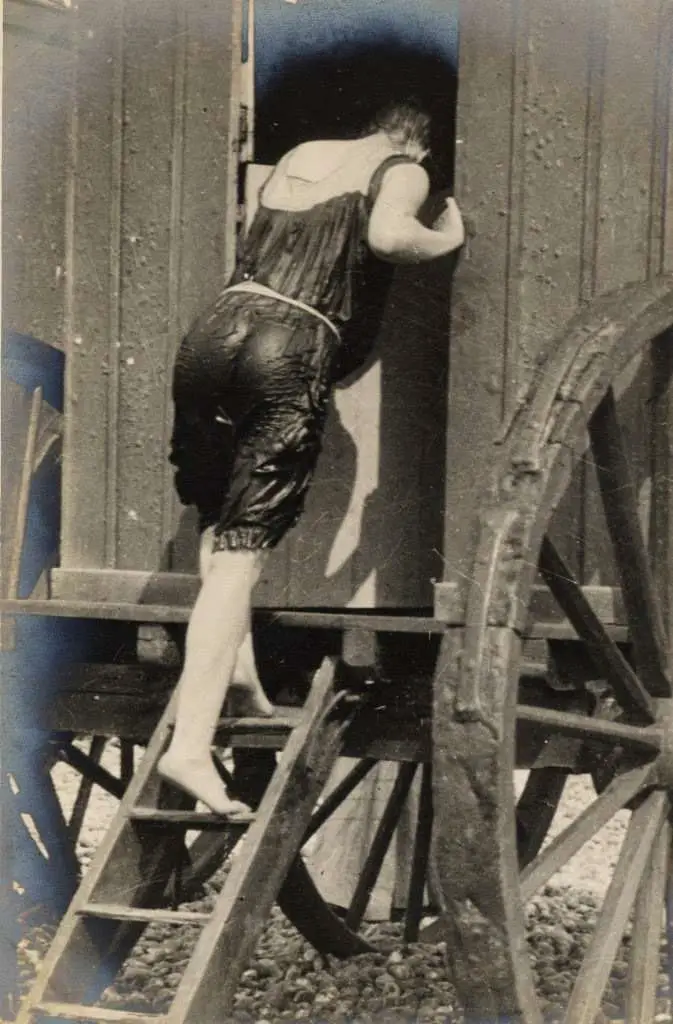
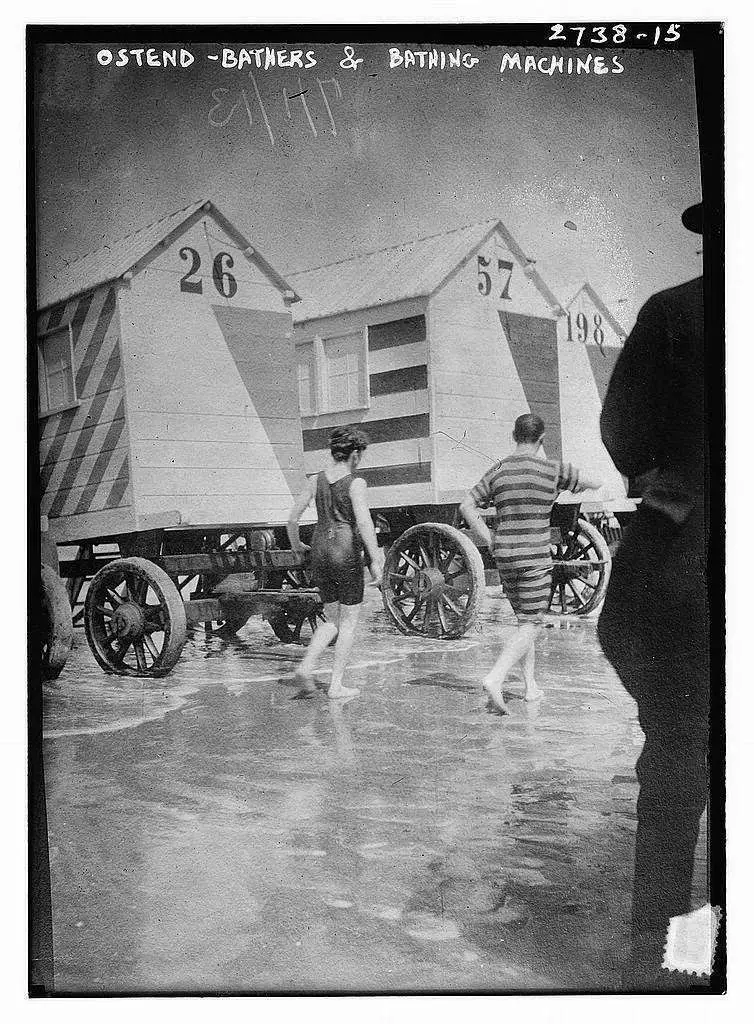
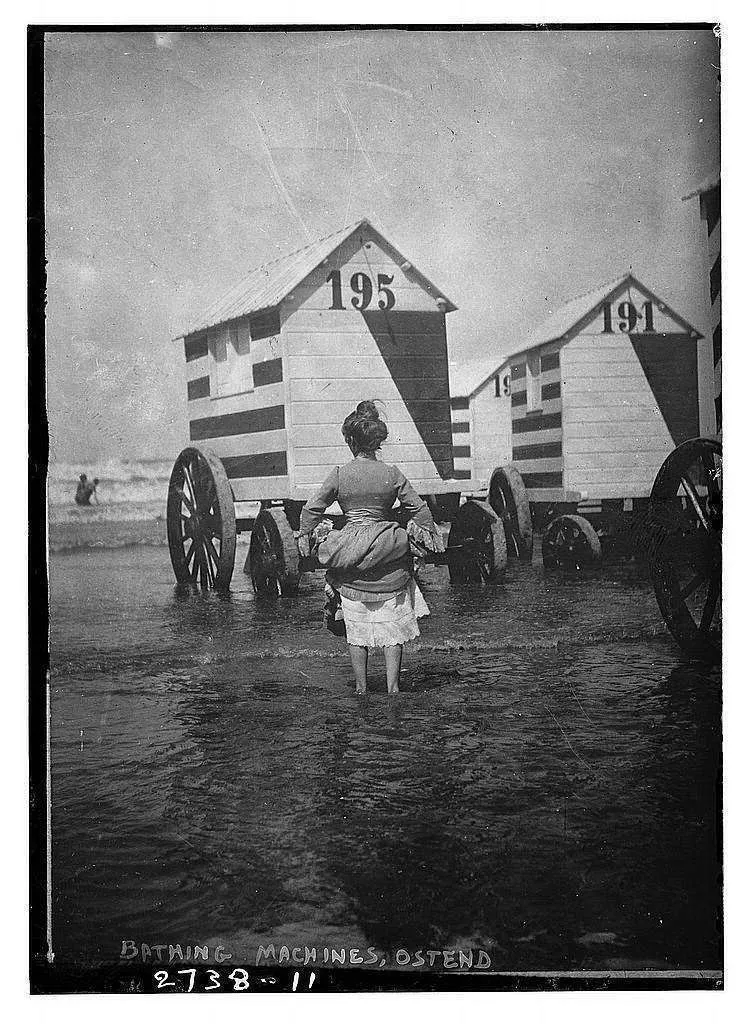
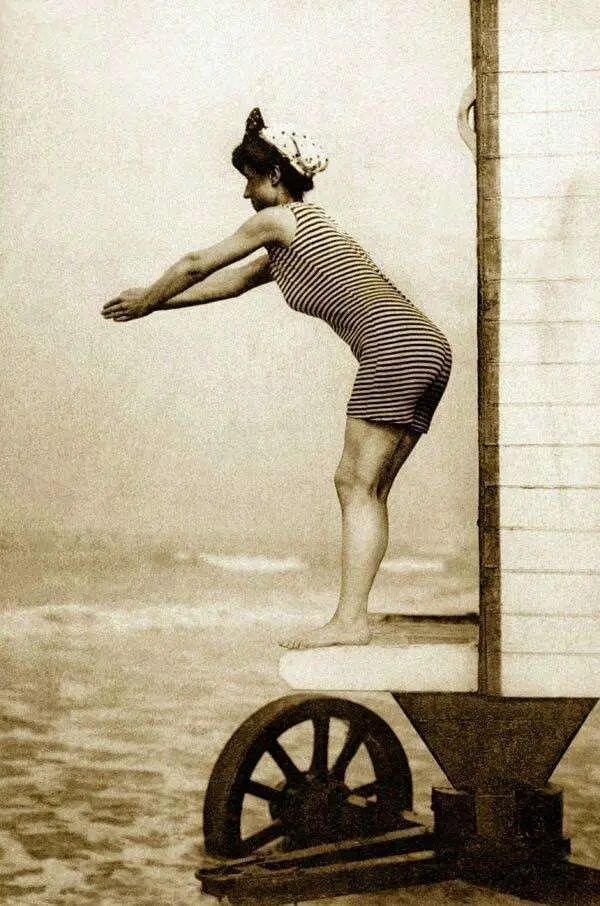
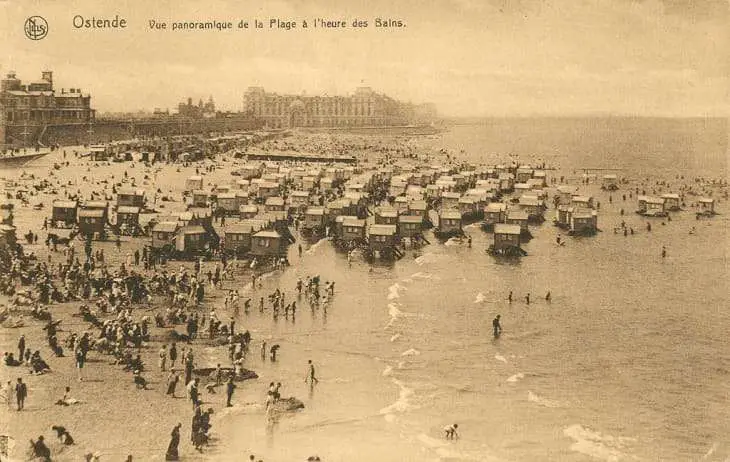
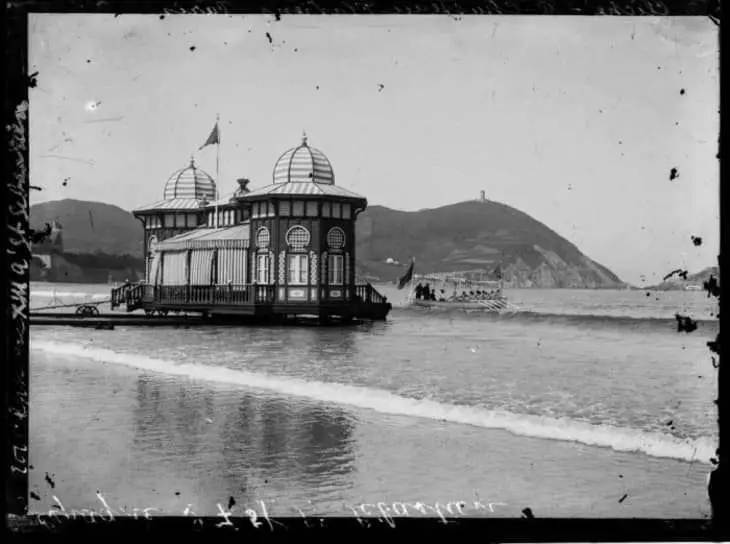
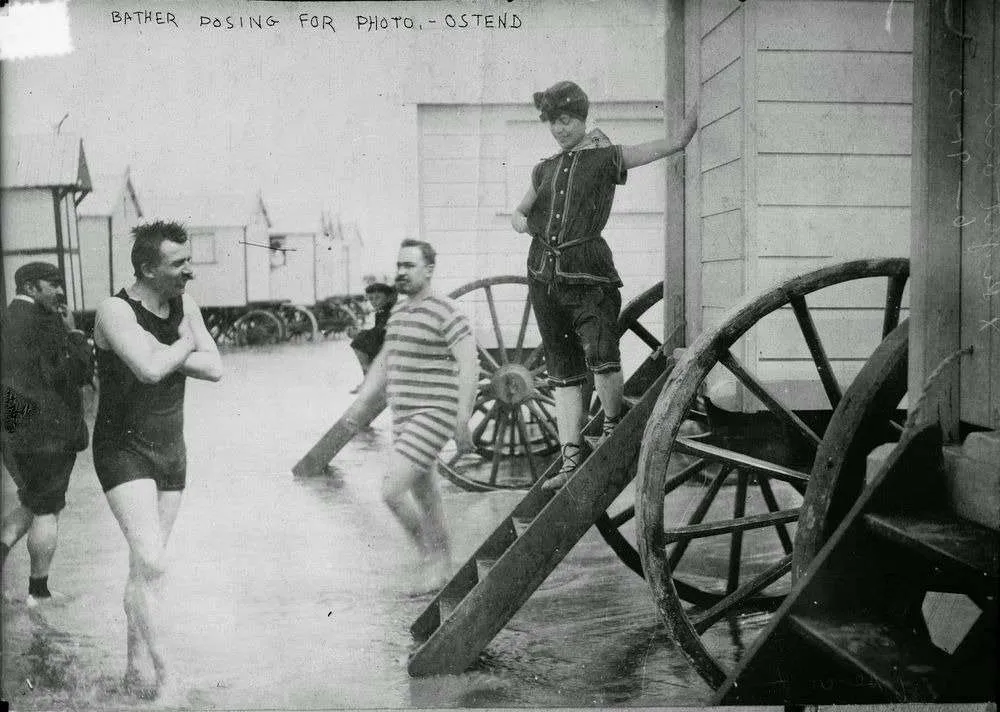
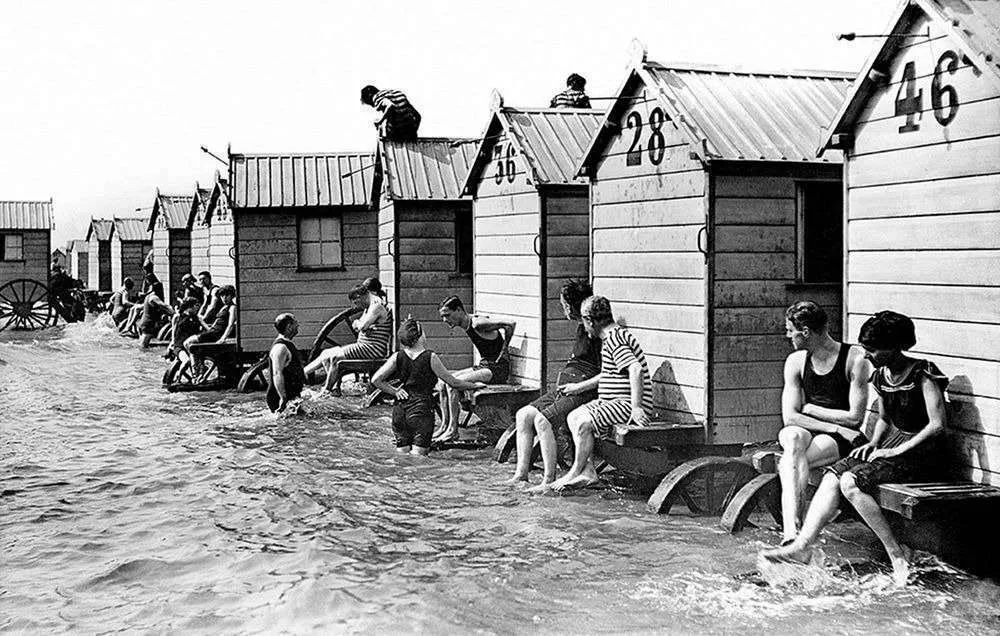
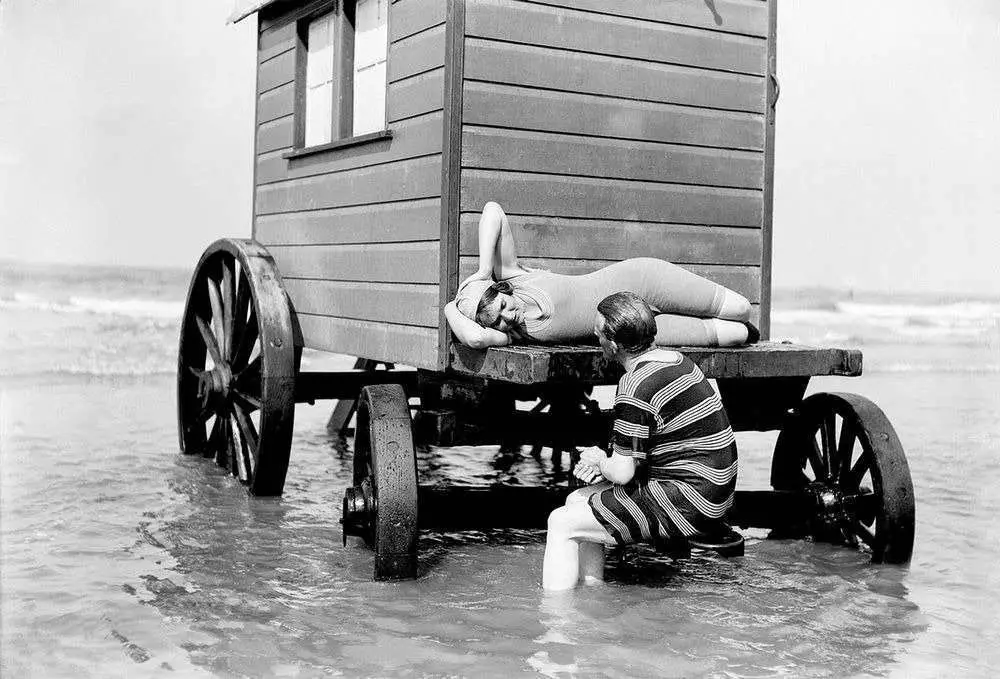
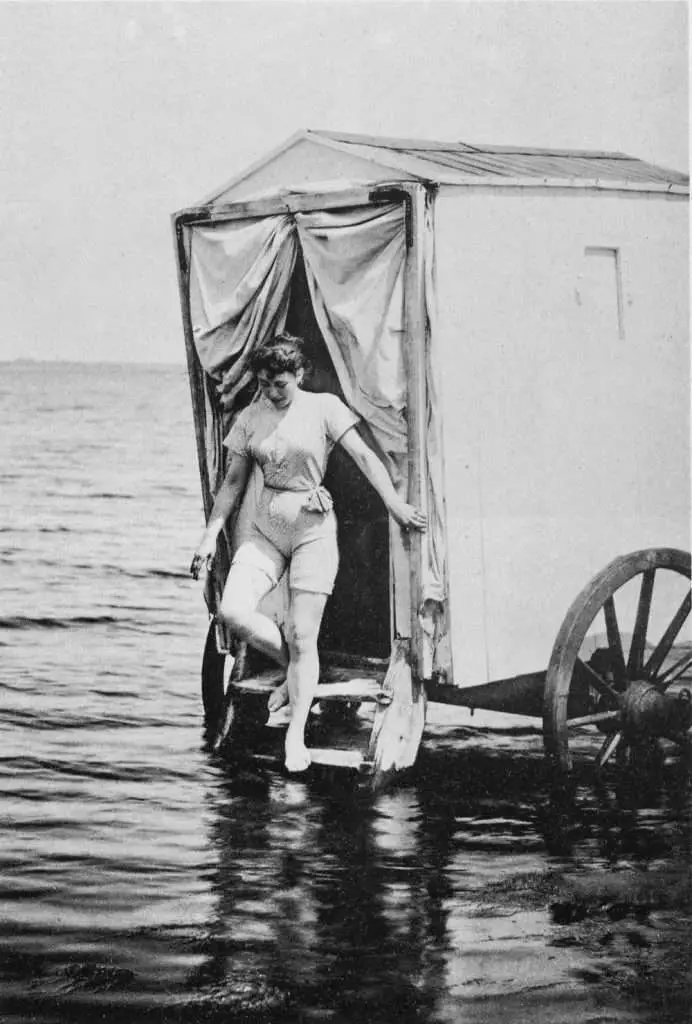
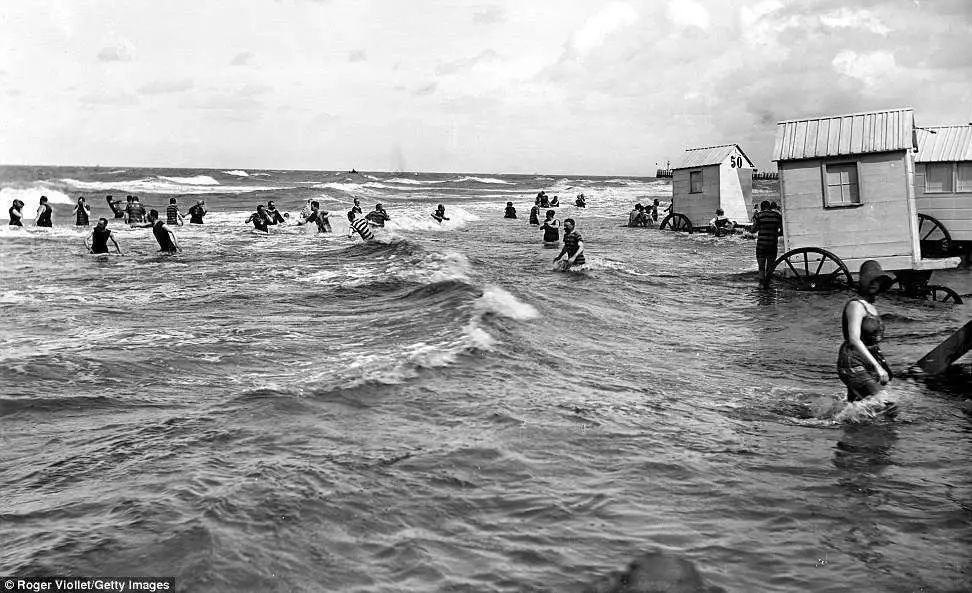
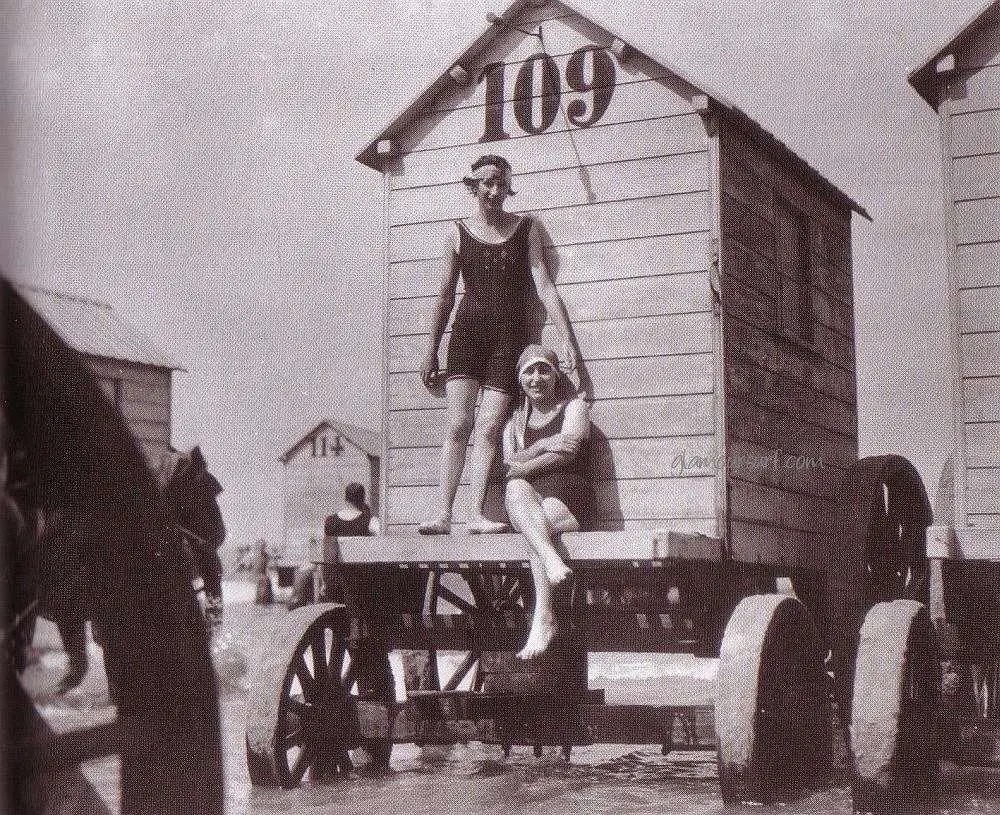
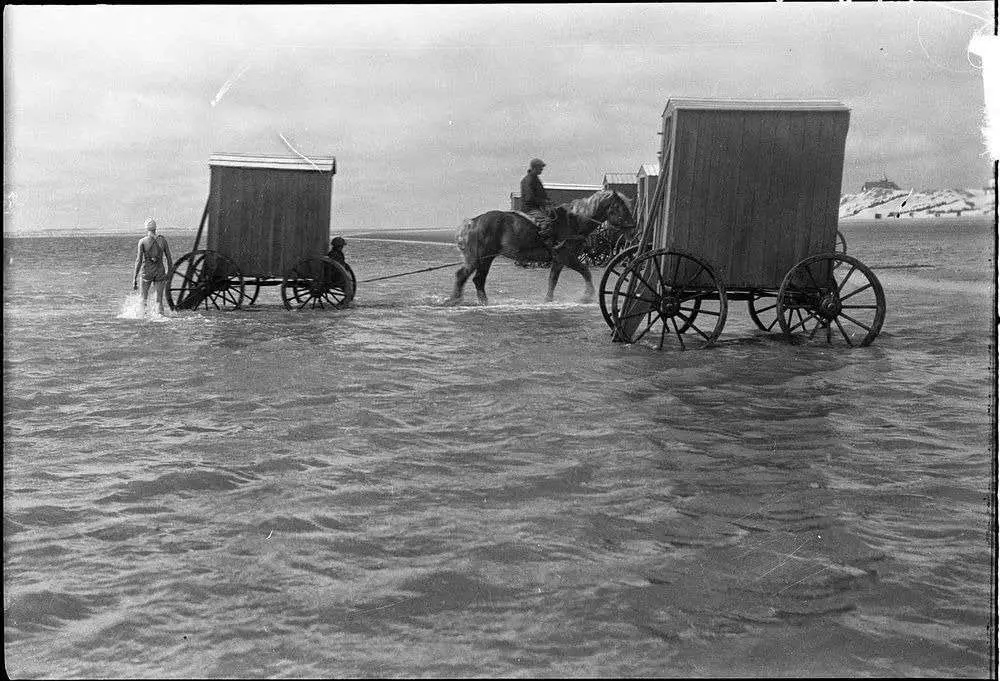
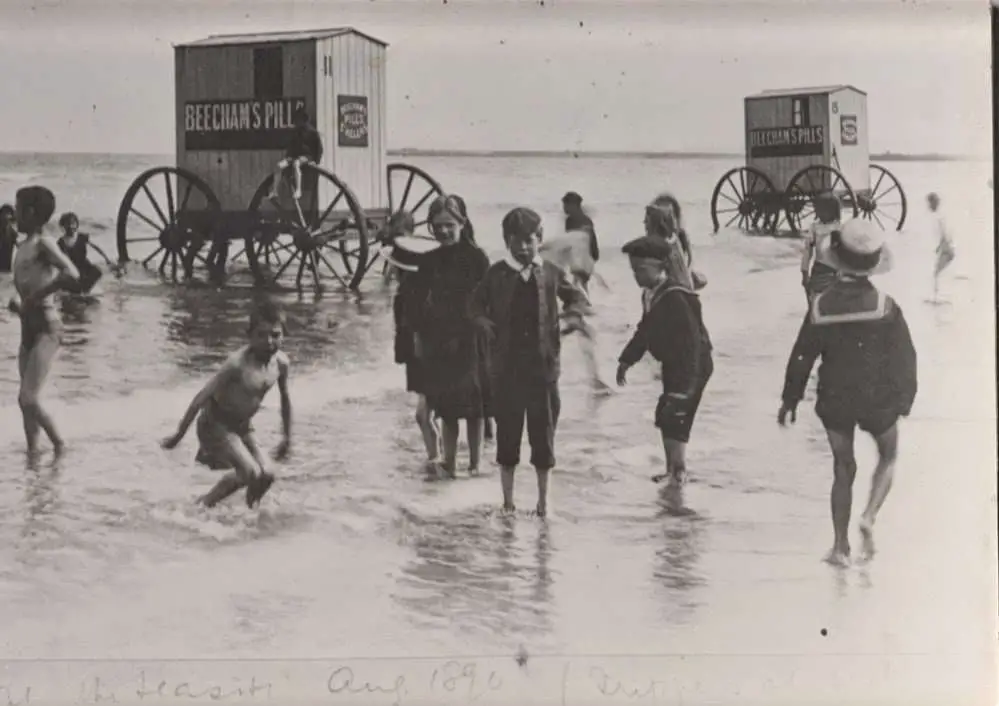
Credited to Vintage Everyday | DM for any removal please

